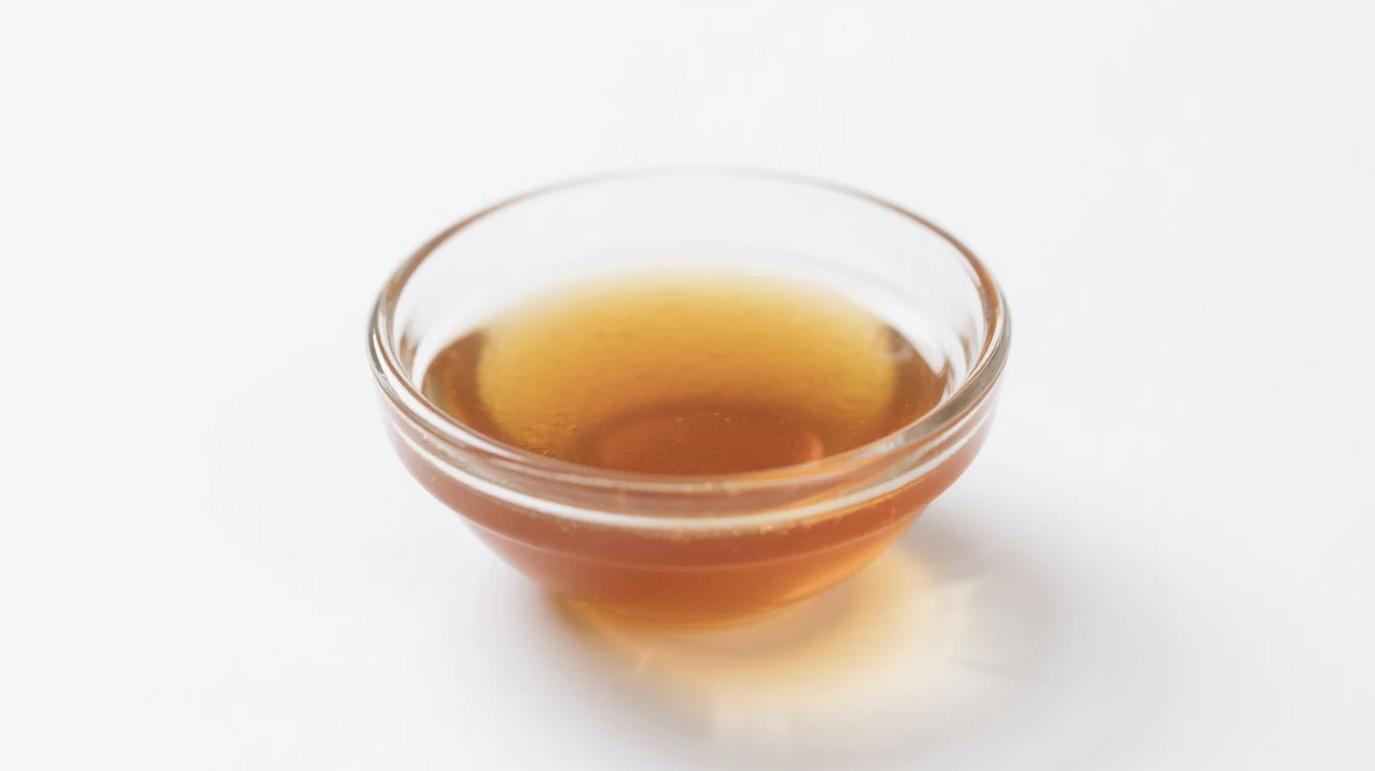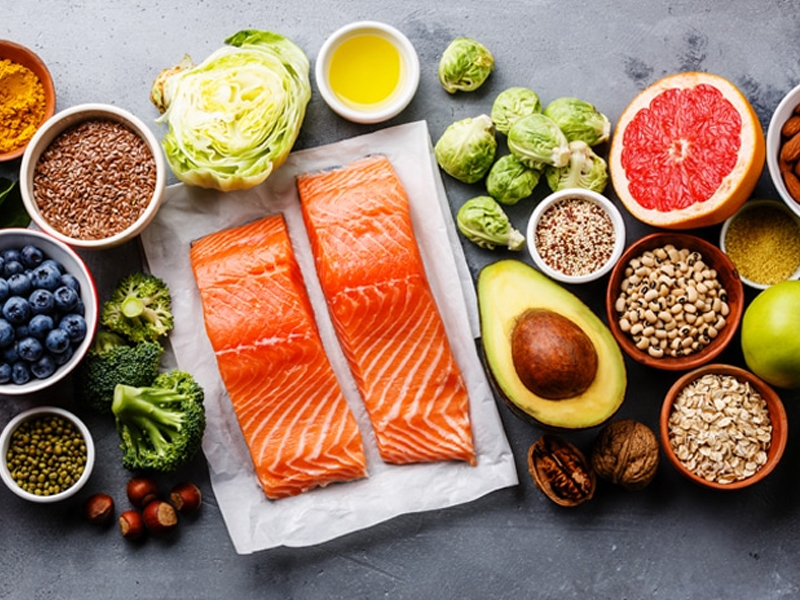In the quest for healthier sweeteners, organic malt syrup has emerged as a rustic alternative to white sugar. But does this thick, amber liquid—made from sprouted grains—truly outshine regular sugar? Let’s dive into the science, flavor, and hidden perks of malt syrup to see if it deserves a spot in your pantry.
Malt Syrup vs. Sugar: A Nutritional Showdown
| Factor | Organic Malt Syrup | White Sugar |
|---|---|---|
| Source | Sprouted barley, rice, or wheat | Sugarcane or sugar beets |
| Main Sugar | Maltose (65%) + glucose (35%) | Sucrose (50% glucose, 50% fructose) |
| Glycemic Index (GI) | 55 (medium) | 65 (high) |
| Calories | 21 per tsp (similar to sugar) | 16 per tsp |
| Nutrients | B vitamins, iron, magnesium | None (empty calories) |
| Processing | Minimal (germination, roasting) | Highly refined, bleached |
The Case for Organic Malt Syrup
- Slow-Release Energy: Maltose is digested slower than sucrose, providing steadier energy—ideal for athletes or morning oatmeal.
- Gut-Friendly Minerals: A 1-tbsp serving offers 2% DV iron and magnesium, supporting blood health and muscle function.
- Rich, Toasty Flavor: Adds caramel-like depth to baked goods, marinades, and lattes (no need for artificial flavoring).
- Organic Advantage: Made from non-GMO grains, free of synthetic pesticides (like glyphosate) common in sugarcane.
The Bitter Side of Malt Syrup
- Not Low-Calorie: Almost as calorie-dense as sugar—moderation is key.
- Fructose-Free ≠ Healthy: While it lacks fructose (linked to fatty liver), maltose still spikes blood sugar.
- Not for Gluten-Free Diets: Barley-based syrups contain gluten (opt for rice malt syrup if GF).
When to Choose Malt Syrup Over Sugar
- Baking Whole-Grain Treats: Enhances the nutty flavor of rye bread or oatmeal cookies.
- Fermentation Projects: Feeds yeast better than sucrose in homemade beer or sourdough.
- DIY Energy Gels: Mix with sea salt for a natural pre-workout fuel.
- Asian Cuisine: Authentic touch for teriyaki sauce or mooncake fillings.
3 Myths Debunked
- Myth: “Malt syrup is a superfood.”
Truth: It’s still sugar—just with trace nutrients. Don’t swap veggies for syrup! - Myth: “It’s safe for diabetics.”
Truth: The moderate GI helps, but it’s not insulin-friendly. Consult your doctor. - Myth: “All malt syrups are equal.”
Truth: Conventional syrups may contain GMO grains and preservatives.
Organic Malt Syrup vs. Other Natural Sweeteners
- Honey: Higher antioxidants but spikes blood sugar faster.
- Maple Syrup: More minerals (like zinc) but pricier.
- Coconut Sugar: Similar GI but lacks malt syrup’s umami kick.
How to Use It Wisely
- Substitution Ratio: 1 cup sugar = 1¼ cups malt syrup (reduce liquids in recipes by ¼ cup).
- Storage: Keep in a cool, dark place to prevent crystallization. Lasts 1+ year unopened.
Organic malt syrup isn’t a “health food,” but it’s a less-processed, flavor-packed upgrade to white sugar. Its mild nutrient boost and complex taste make it ideal for mindful indulgence—not daily guzzling.
For bakers, brewers, and anyone craving a touch of nostalgia, malt syrup is a wholesome choice. Just remember: Even organic sugar is still sugar.
Recommended Product
Organic Malt Syrup
Natural Sweetener & Functional Ingredient for Food, Beverage, and Health Products


